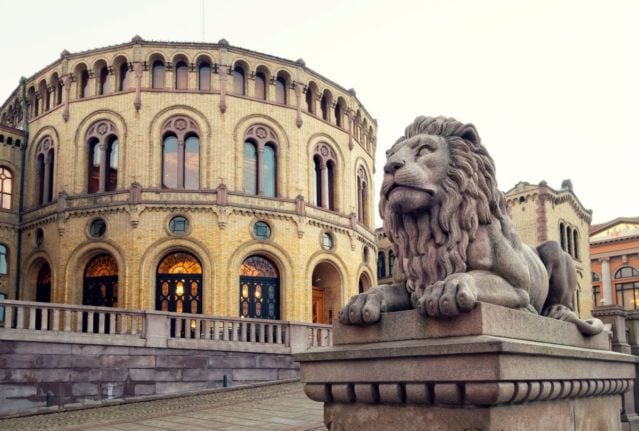Many in Norway have felt the pinch of rising prices so far this year.
From June to July this year, there was a 0.4 percent jump in the consumer price index, and by July 2023, it was 5.4 percent higher than the same time last year, according to the latest data from Statistics Norway (SSB).
Meanwhile, Norway’s central bank (Norges Bank) has been bumping up its key interest rate to control inflation. This move has caused regular banks in Norway to up their rates on mortgages, making them pricier to pay back.
READ MORE: Interest rates and inflation slow Norway’s economy
Norway’s current Finance Minister, Trygve Slagsvold Vedum, believes that things will be better next year.
“Things are good. We are in a completely different and safer place than last year. Now we have to achieve lower price growth without unemployment rising too much,” Vedum said in Bergen on Tuesday, according to the newspaper VG.
Vedum visited Bergen to give a lecture at the University of Bergen on the topic of next year’s state budget.
“We will probably have high price growth for a few more months, but we are past the peak and on the way down,” he said.
The next state budget
Later this week, the Norwegian government will finalise its state budget proposal for next year.
While Vedum didn’t want to share budget details on Tuesday, he said that the economic situation in Norway – and the world – was challenging, saying that the state budget will have to account for tough times.
He highlighted the rise in prices as the most difficult aspect that needs to be considered during the budget-related work.
“Inflation must come down. We are the first government since the beginning of the 1990s to have that as its main task,” Vedum said, adding that inflation is high in all countries – regardless of the political party in power.
The fact that Norway has slightly lower price growth than the rest of Europe is primarily due to the electricity support measures for households and businesses, the finance minister added.
No large tax increases on the horizon?
Vedum has previously told the Norwegian media that the governemnt had no plans for significant tax increases.
“This year, there will be less (budget-related) headlines – because we don’t have to take such drastic measures as we had to last year.
“There will be no major changes in the tax system this autumn. There are always some changes, but no major, new measures, such as we had last year…” Vedum said.
Electricity prices are also likely to be significantly lower compared to last winter. With that, the minister noted that the state’s expenditure on electricity subsidies will also decrease in next year’s budget.



 Please whitelist us to continue reading.
Please whitelist us to continue reading.
Member comments